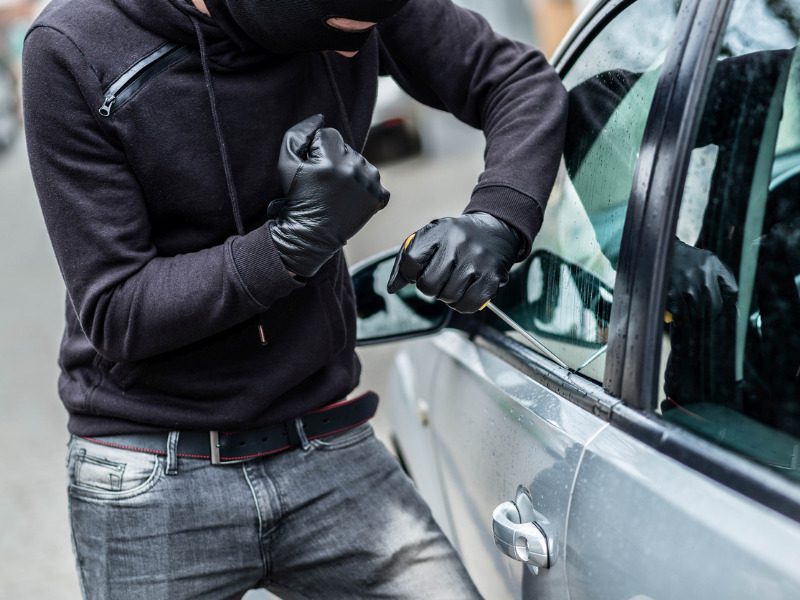P&C industry needs help fighting auto theft: IBC CEO

Canada’s P&C insurance industry is doing its part to combat auto theft, but more support is needed from car manufacturers and governments to prevent this trend from worsening, Celyeste Power, president & CEO of the Insurance Bureau of Canada (IBC), shared at a recent broker convention.
Last year, Canada’s insurers paid more than $1 billion in claims for stolen vehicles; the most the industry’s ever paid in one year, according to a report by Équité Association.
Insurers can expect 2023 to be just as bad, if not worse. Auto theft in Ontario increased by 31% year-over-year in the first half of 2023, and by 17% year-over-year in Quebec, according to another Équité report.
“Auto theft is completely out of control,” Power said at the Insurance Brokers Association of Ontario’s IBAOcon’23. “Right now, in my opinion, the insurance industry is the only [one] doing anything about it.”
In an effort to recoup losses due to auto theft claims, some insurers across Canada have introduced premium surcharges, removed only if drivers can provide proof of installing an anti-theft device.
Others have established new rating variables to disincentivize the purchase of cars that are at high-risk for theft.
But the P&C industry cannot combat auto theft alone.
Fighting auto theft requires a whole-of-society approach, IBC shared in a recent news release.
“We need manufacturers to step up and start asking themselves why their vehicles are being stolen more than others,” Power said. “There’s the demand side of it, but also there’s the anti-theft controls that [they] put into place.”
The Top 5 stolen cars across Canada are the Honda CR-V (2016-21), Lexus RX series (2016-21), Ford F-150 series (2015-20), Honda Civic (2016-21), and the Toyota Highlander series (2013-19), according to Équité Association.
Many of the cars on the most-stolen list also happen to be widely driven across the country. For example, the Honda CR-V and Honda Civic and the Ford F-150 are among the most popular cars purchased in Canada in 2022.
As Power noted, these cars may be targeted simply due to supply and demand. But manufacturers might consider introducing new ways to improve security.
“The auto insurance industry uses the Canadian Loss Experience Automobile Rating (CLEAR) system, which groups vehicles into higher and lower rankings, as a factor in determining auto insurance premiums,” the IBC release noted. “A vehicle with a lower CLEAR ranking could indicate a lower theft risk, perhaps because it was manufactured with stronger anti-theft devices.”
The private sector is not solely responsible for responding to auto theft, however. Government action is also needed.
Power said IBC has been consulting the Ontario government to establish the role it plays in auto theft deterrence. “They’re very eager to get involved and do something.”
But the problem isn’t just a provincial one. “We also need action on the federal level; this is a national problem,” she said.
While acute in Ontario and Quebec, the national vehicle recovery rate is 57%, according to Équité.
“We need to see action on the ports — what’s being imported and exported, get some funding into Canada Border Services Agency, and action on safety standards that are in our vehicles,” Power said. “They haven’t been updated, I think, in 13 or so years. You can imagine how much technology has changed in those vehicles in that time.”
Feature image by iStock.com/djedzura



